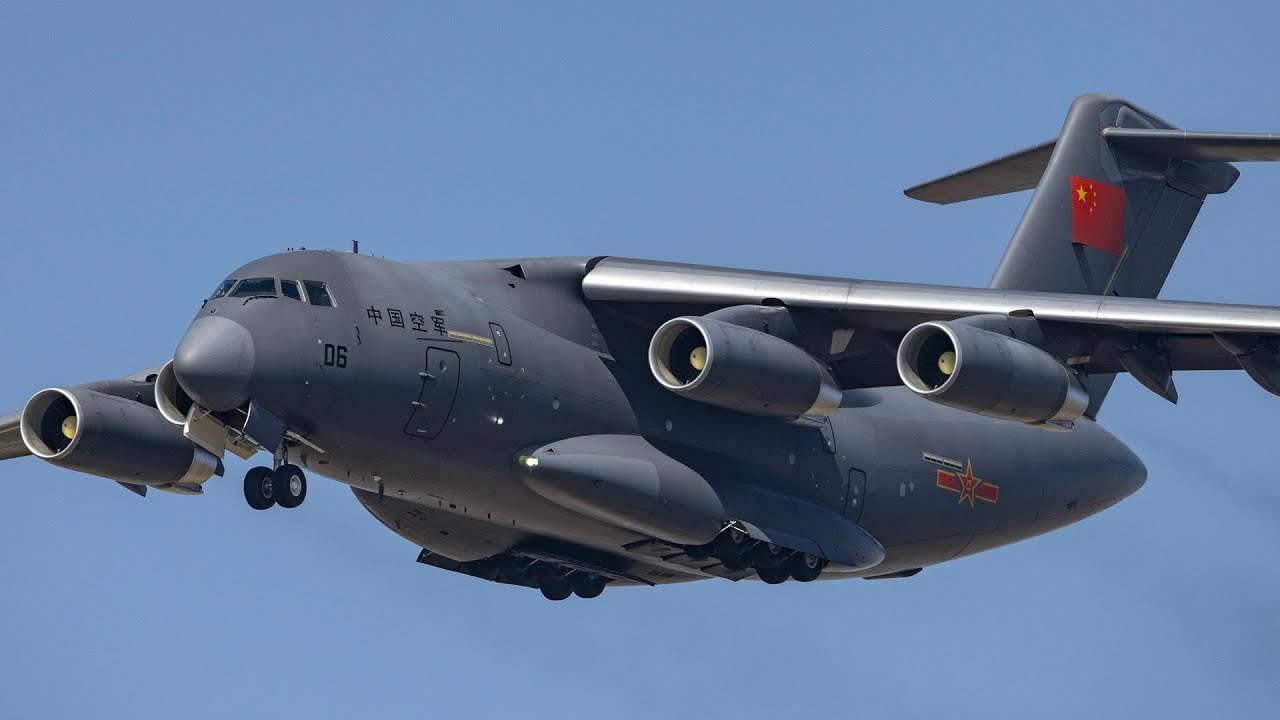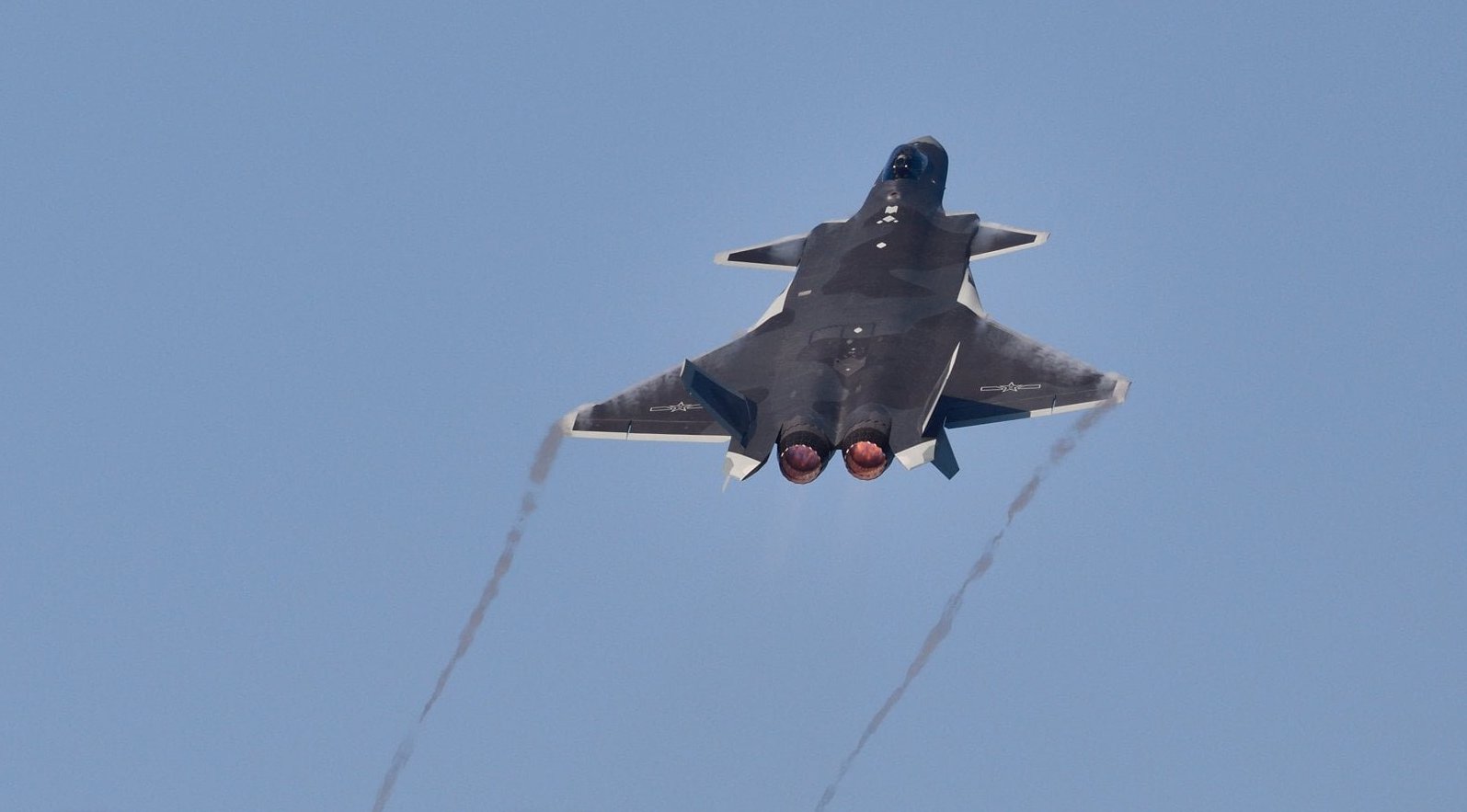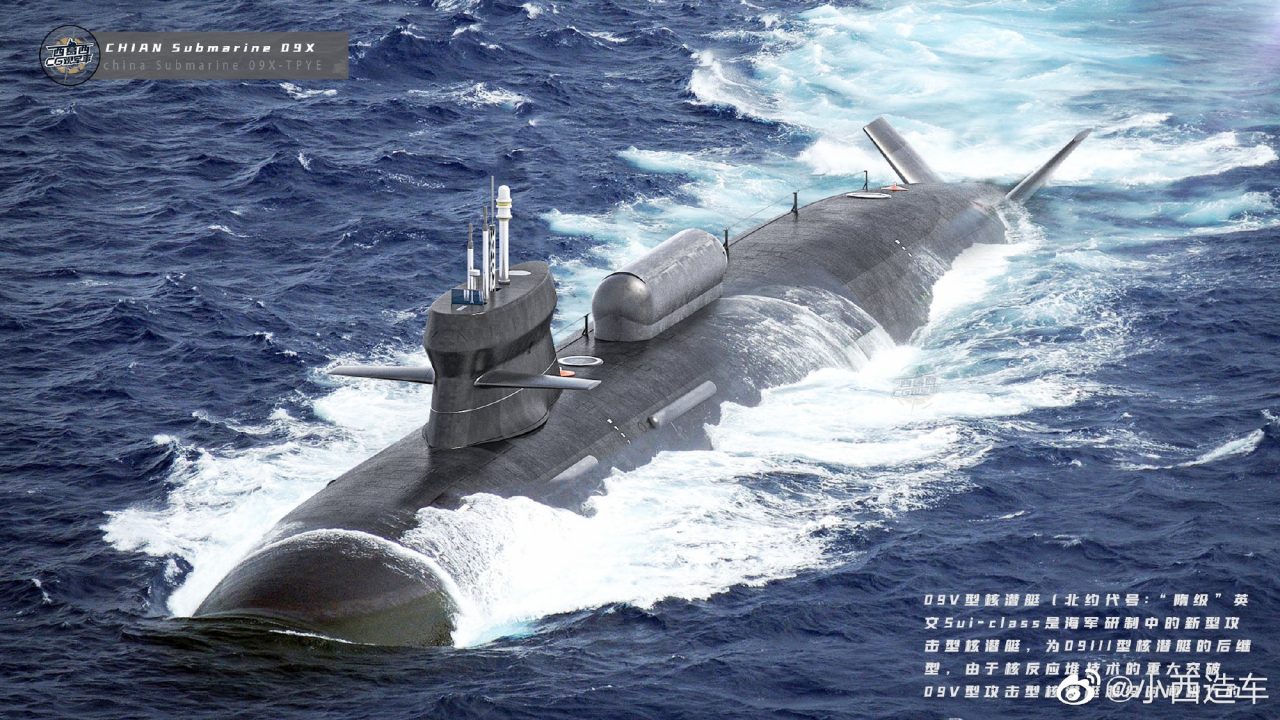China seems to have focused considerable effort on building its own engines so as to be able to compete with foreign manufacturers.
After having shown its efficiency with WS-10 engines, which reportedly power some of the J-20 stealth fighters of the PLA Air Force, China has now claimed to have achieved a new feat in the realm of engine manufacturing.
China recently made significant progress in the development of what it calls the “world’s most powerful Stirling engine”, a form of heat engine that is used in power production and submarine propulsion reported the state-controlled Global Times.
The basic prototype of China’s first large-bore Stirling engine, developed by the No. 711 Research Institute under the China State Shipbuilding Corporation Limited (CSSC), is reported to have passed a performance test.
Big breakthrough for the first large domestic Stirling engine pic.twitter.com/Mx6VQpEGKE
— China Semi (@Chinatech_kl) December 22, 2021
The prototype of the engine has a rated output of 320 kilowatts and a power conversion efficiency of 40%, making it the world’s most powerful Stirling engine, according to a statement posted on the CSSC’s WeChat account on December 21.
“The prototype’s accomplishment marks a watershed moment in China’s development of critical technologies and craftsmanship for such engines, laying the groundwork for the country’s future production of megawatt-class Stirling engines,” stated the CSSC in its press release.

China has faced challenges developing various sorts of engines, but the success in the domestically made Stirling engine is just one example of the country’s quick progress in recent years, an unnamed Chinese military specialist told Global Times.
The communist nation has reportedly been working on various engine prototypes. After having successfully developed a modern engine for the J-20 Mighty Dragon fighter, it has accelerated the work and testing of engines for other aircraft. According to media reports, testing is underway for Y-20 transport aircraft engines.
Reports have also indicated that China is working on a turbofan jet engine for its C919 narrow-body aircraft.

All these developments indicate that China is making consistent efforts to manufacture engines domestically for both, military and commercial aircraft. However, the domestic engine effort has not been devoid of setbacks. Earlier, a failure was reported in the testing of the WS-15 engine that was originally meant for the J-20 stealth fighters.
However, the claims about the most powerful Sterling engine in the world, if true, could give the much-needed fillip to Chinese engine manufacturing.
What Is A Stirling Engine?
A Stirling engine is a heat engine in which the air is heated by external combustion through a heat exchanger and then displaced, compressed, and expanded by two pistons. It is more efficient and less polluting than most other jet engines used today.

The Sterling engine has been developed for a variety of applications since the 1970s, including cryogenic refrigeration, submarine propulsion, and electrical generation. This means that the Stirling engine has both, military as well as civil applications.
According to Interesting Engineering, a Stirling engine’s gas never escapes the engine. It is repeatedly heated and cooled, so it is never expelled in the form of an explosive exhaust. Because this regenerative engine can generate electricity using the same gas multiple times, it can be far more efficient than an internal combustion engine. Stirling engines are also very quiet because there are no explosions taking place.
Stirling Engine Model All-Metal Motor Model Kit https://t.co/KCqcCWgwSs #china #cool #gadgets pic.twitter.com/6GcbzSQ9TG
— China Cool Gadgets (@ChinaCoolGadget) December 30, 2015
In a variety of configurations, the engine can be paired with any type of heat source, whether conventional or nuclear. A Stirling engine of the megawatt-class is well-structured, has a simple system, and can be started and configured in modules fast.
According to the CSSC, the Stirling engine will provide considerable benefits as it can spawn a series of variations to suit the need for power supply, ranging from 100 kilowatts to several megawatts, and can be developed into a portable micro reactor power generator for use in extreme environments like polar regions, remote islands, or even China’s Gobi Desert.
As China expands its military footprint, the versatility of this engine will provide more teeth and maneuverability in the climate and topographies in which it aims to operate. The ability of the engine to take in nuclear energy as the heat source makes it stand out and could ideally prove to be very cost-effective.
Will Chinese Subs Get Sterling Engines?
The Stirling engine is well recognized for its use in submarine propulsion, say military observers.
According to an article released by Saab, the parent company of Kockums, which manufactures submarines, Stirling engine air-independent propulsion (AIP) systems enable them to avoid traveling to the surface to charge the batteries. This allows the submarines to extend their submerged endurance from days to weeks.
27 Sept 1816: #Stirling registers his patent for a hot air engine. 200 years later, it's the secret to the world's most silent #submarine. pic.twitter.com/ewqIkfP5Ju
— Saab (@Saab) September 27, 2016
The Stirling engine is quiet and vibration-free, therefore no vibrations are transmitted to the hull, making the submarine silent in the water and hence extremely difficult to locate.
The Chinese Stirling engine’s possible deployment on submarines was not mentioned in the CSSC press release. However, as the seas become the new flashpoint between China and the West in the Indo-Pacific region, the PLA Navy could soon be powering its submarines with Sterling engines, following the Saab model.
- Contact the author at sakshi.tiwari9555@gmail.com
- Follow EurAsian Times on Google News




